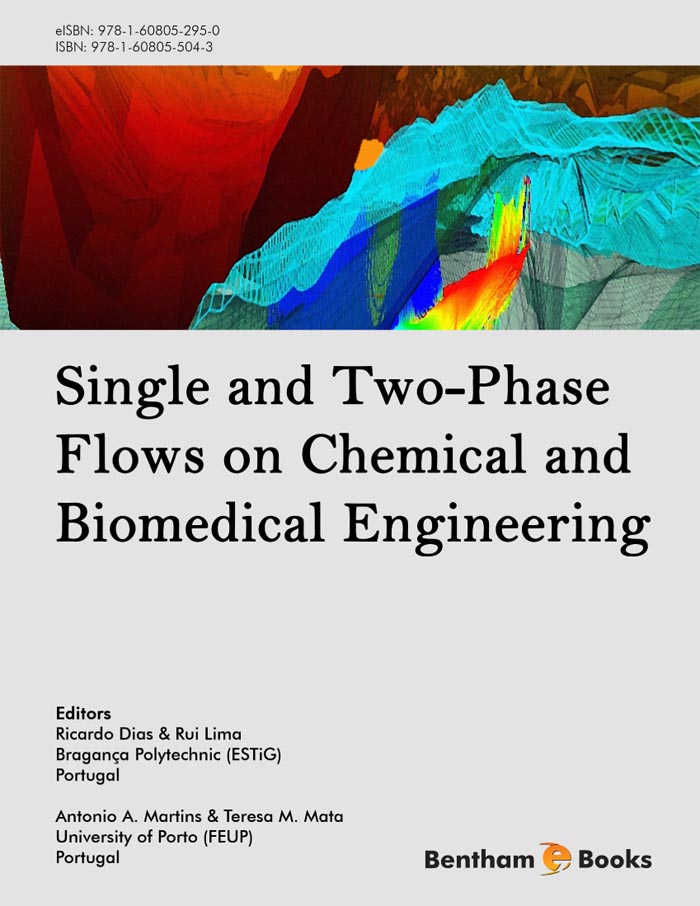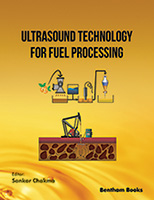Introduction
Single and two-phase flows are ubiquitous in most natural process and engineering systems. Examples of systems or process include, packed bed reactors, either single phase or multiphase, absorber and adsorber separation columns, filter beds, plate heat exchangers, flow of viscoelastic fluids in polymer systems, or the enhanced recovery of oil, among others.
In each case the flow plays a central role in determining the system or process behavior and performance. A better understanding of the underlying physical phenomena and the ability to describe the phenomena properly are both crucial to improving design, operation and control processes involving the flow of fluids, ensuring that they will be more efficient and cost effective. Expanding disciplines such as microfluidics and the simulation of complex flow physical systems, such as blood flow in physiological networks, also rely heavily on accurate predictions of fluid flow.
Recent advances either in computational and experimental techniques are improving the existing knowledge of single and multiphase flows in engineering and physical systems of interest. This ebook is a review on the state-of-the-art and recent advances in critical areas of fluid mechanics and transport phenomena with respect to chemical and biomedical engineering applications.









